It looks like you're using an Ad Blocker.
Please white-list or disable AboveTopSecret.com in your ad-blocking tool.
Thank you.
Some features of ATS will be disabled while you continue to use an ad-blocker.
share:
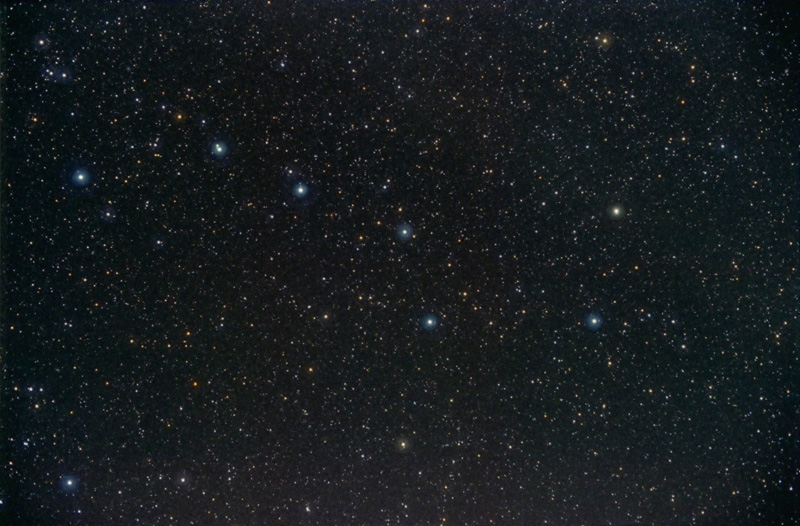
The most recognizable grouping of stars in the sky of the northern hemisphere, the Big Dipper is actually not a constellation at all, though many people think of it as such.
The Big Dipper is actually what we call a Asterism, which means it's a group of stars that most people are able to quickly identify, but are only part of a constellation, or even made up of stars from more than one constellation (such as the "Summer Triangle").
The seven stars that make up the Big Dipper, are actually part of the constellation known as Ursa Major (meaning "Larger Bear"). That constellation is also known as the "Great Bear" or "Charles' Wain" ("Wain" means "Wagon").
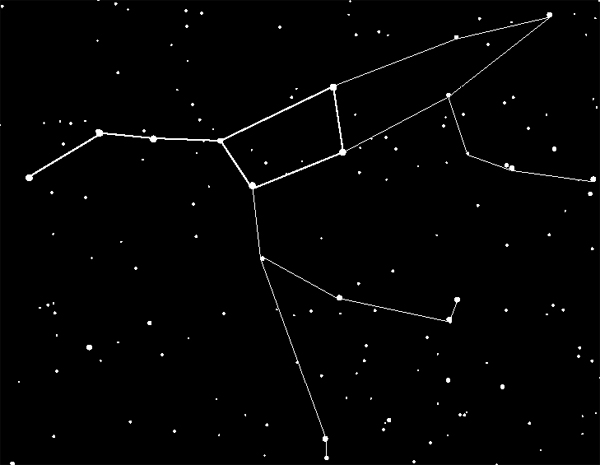
So why do people look at this constellation and settle on just the "Dipper" part? There are several reasons actually:
1) Popular media (TV, Films, Videos) normally only show the seven stars of the Big Dipper and refer to it as such.
2) Light Pollution. The stars that make up the Big Dipper, are the brightest stars of the constellation Ursa Major. The other stars in the constellation are easily washed out by city night lights.
3) Navigational Aid: parts of the Big Dipper are used to locate other areas in the sky, such as being used to find the North Star (Polaris) or in beginning astronomy, the arc of the "Handle" of the Big Dipper is used to help locate the star Arcturus ("Follow The Arc To Arcturus").
The Big Dipper is also known by several other names. In parts of the United Kingdom and Ireland it's reffered to as the "Plough" or "Butcher's Cleaver".
In Hindu astronomy it's referred to as Sapta Rishi, meaning The Seven Great Sages.
The Big Dipper (as we'll refer to it from here on out), is made up of seven stars, and has several deep space objects. Let us take a closer look at these things:
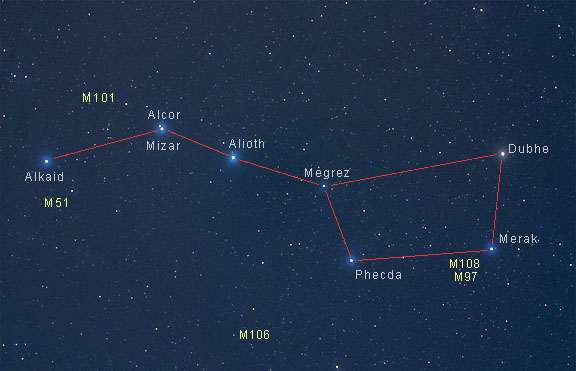
Here is a list of the names of the seven stars that make up the Big Dipper:
Megrez 3.3 mag 58 lightyears
Mizar 2.1 mag 78 lightyears
Merak 2.4 mag 79 lightyears
Alioth 1.8 mag 81 lightyears
Phecda 2.4 mag 84 lightyears
Alkaid 1.9 mag 101 lightyears
Dubhe 1.8 mag 124 lightyears
If you've read my other thread on the constellation Orion, you'll notice right away that all these stars are a lot closer to us. Indeed, the farthest star in the Big Dipper is closer to us than the nearest star in the constellation Orion.
Yet many of them have the same brightness. Why? Shouldn't they be brighter?
The answer lays with how big these stars are compared to the stars that make up Orion. These stars in the Big Dipper a much smaller than the supergiant stars that make up Orion, and thus have a lower luminance. However, because they are so much closer, it makes them look just as bright.
One of my own pictures I took of the Big Dipper:
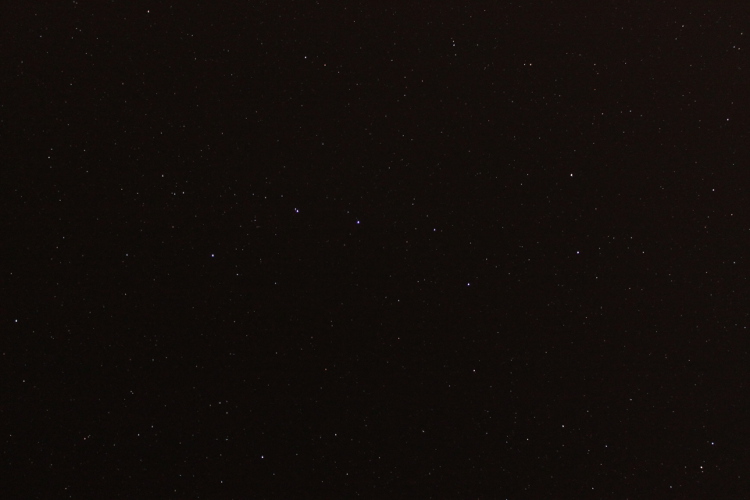
One of the unique things about the Big Dipper is, unlike most constellations or other asterisms, is that the majority of the stars that make up the Big Dipper are actually related and believed to have formed together from a protostellar nebula about 500 million years ago. So the following stars from the list above that are part of this group are:
Megrez, Mizar, Merak, Alioth and Phecda. The stars Dubhe and Alkaid are not part of this group. The group of stars is known of the Ursa Major Moving Group and the 5 stars I named are joined by 9 other stars, 8 of which are also part of the constellation Ursa Major.
By observing these star's proper motions and using parallax, Richard A. Proctor back in 1869, noticed that these stars all seem to be moving towards a common point in Sagittarius. The Hipparcos satellite was able to not only confirm this, but improve upon the measurements.
As I did in my other thread about Orion, I showed how the stars would look from a different perspective from far above the Earth, to show how the stars are not right next to each other. Here we go again for the Big Dipper:
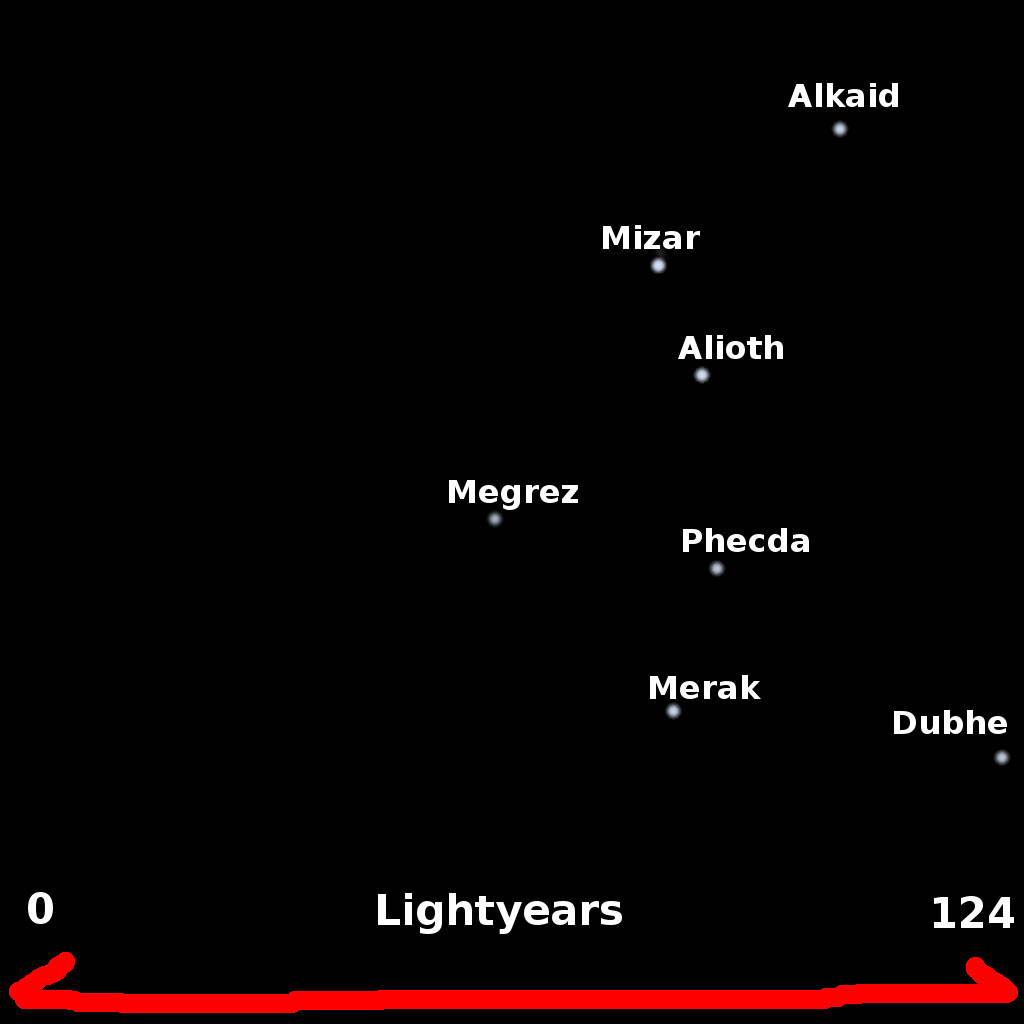
Surprisingly, there is not as much Pop Culture trivia associated with these stars like there was with the stars of Orion. However, there is some, and there are some deep space objects too.
Dubhe
One of two stars in the Big Dipper used to find the "North Star" or Polaris.
It's a spectral class "K" star and has a companion star that is also a "K" class star.
This star is the official star of the state of Utah. The US Navy had a ship named after it, the USS Dubhe, ID-2562 back in 1918.

The Danish Navy has a ship named after it with the hull number of MHV 806.
(this is a picture of the Antares. The Dubhe looks the same however.)

Merak
The second of the two stars in the Big Dipper that are used to find the "North Star " or Polaris.
It's a spectral class "A" star that has 2.7 times the mass of our sun and is about 3 times the size of our sun. It is also about 68 times brighter than our sun. It's a typical main sequence star and is somewhere around 500 million years old.
Observations of Merak in infrared suggest the presence of a circumstellar debris disk orbiting around the star.
The US Navy had two ships named after it, the USS Merak which was sunk by German U-boat U-140 in 1918 (sorry, no images) and the USS Merak (AF-21) which served during WW2 as a cargo ship:

In the classical Star Trek episode "The Cloud Minders", the crew of the Enterprise pay a visit to Merak II
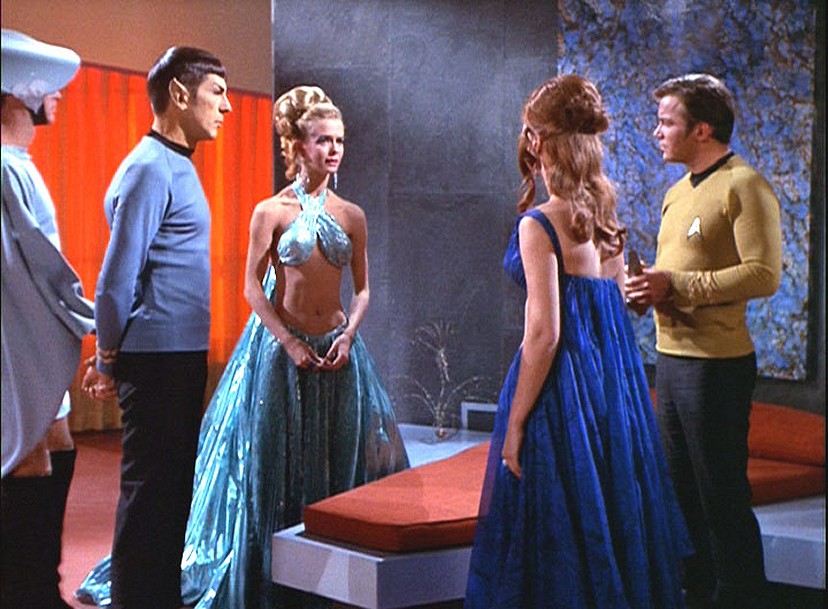
Wow! If that is how the ladies dress on Merak II, I think I need to see about getting a dress for my wife from there!
Phecda
Phecda is a spectral class "A" star that is about 2.6 times the mass of our sun and about 3 times it's size. It's about 300 million years old.
Phecda is featured in the old computer game Elite II: Frontiers, as one of the most dangerous planets to venture to due to pirates in that system.

Deep Space Objects
There are several deep space objects located near the Big Dipper that are visible through small and modest telescopes:
The Whirlpool Galaxy, M51a which is located near the star Alkaid:

The Pinwheel Galaxy, M101 which is located near the star Mizar:

M108 barrel galaxy which is seen almost edge on from Earth, located near Mizar:
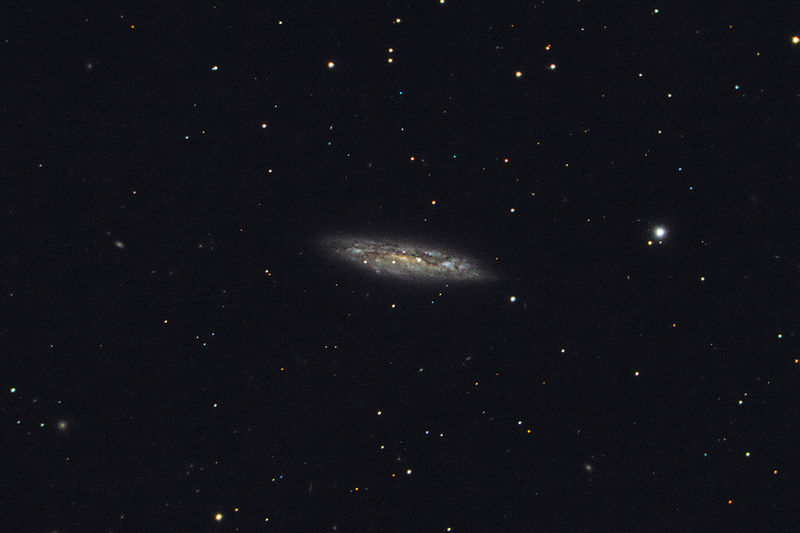
And also near Mizar we have the Owl Nebula, M97:
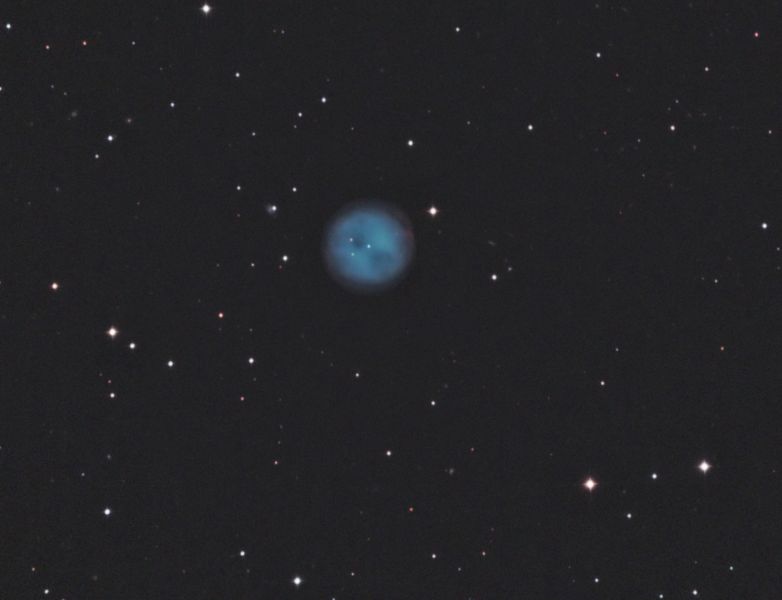
Hope you enjoyed the thread!
Wow. You deserve an applause.
Never knew the big dipper was a small part of a bigger constellation or the true name of it. Things like this should really be taught in grade school. S&f and thanks for teaching me something new today.
Never knew the big dipper was a small part of a bigger constellation or the true name of it. Things like this should really be taught in grade school. S&f and thanks for teaching me something new today.
Awesome thread, thanks. I've been teaching my 6-year old son constellations, and now he knows more than most adults! The big dipper is one of his
favorites. We'll be taking out the telescope and checking some of these out!
That the ancient people made constellations from all those faint and obscure stars, is a testament to how much better and darker their skies were, and
to how they paid more attention to what's up there than people generally do now.
To see what I mean, try spotting the constellation of Cancer!
To see what I mean, try spotting the constellation of Cancer!
reply to post by wildespace
I enjoy very dark skies here where I live out in the country with the nearest town 15 miles away. I can still see the glow of the town on the horizon though.
I enjoy very dark skies here where I live out in the country with the nearest town 15 miles away. I can still see the glow of the town on the horizon though.
reply to post by eriktheawful
Nice one Erik s&f oh if your wife would look good in one of those dresses post a picture of her
Nice one Erik s&f oh if your wife would look good in one of those dresses post a picture of her
wildespace
That the ancient people made constellations from all those faint and obscure stars, is a testament to how much better and darker their skies were, and to how they paid more attention to what's up there than people generally do now.
To see what I mean, try spotting the constellation of Cancer!
The sky was the nighttime viewing entertainment in stone age days, aside from fire, and up to the invention of music or theater, it was the only non-organized entertainment. Even then, the night sky was probably one of the common forms of viewing entertainment until television reared its ugly bulb. Great thread, and I will look up the OP's Orion thread as well:
Here is the OP's Orion thread:
www.abovetopsecret.com...
edit on 19-12-2013 by Aleister because: (no reason given)
wmd_2008
reply to post by eriktheawful
Nice one Erik s&f oh if your wife would look good in one of those dresses post a picture of her
I'll have to decline, as if my wife found out I posted a picture of her on here, I'd end up spending a lot more time star gazing.......even when it's cloudy and wet!
I love reading all the quirky history of the stars or cultural references of these constellations or asterisms!
Here is the Big Dipper and a Perseid! I took this a few years ago a real lucky shot however...
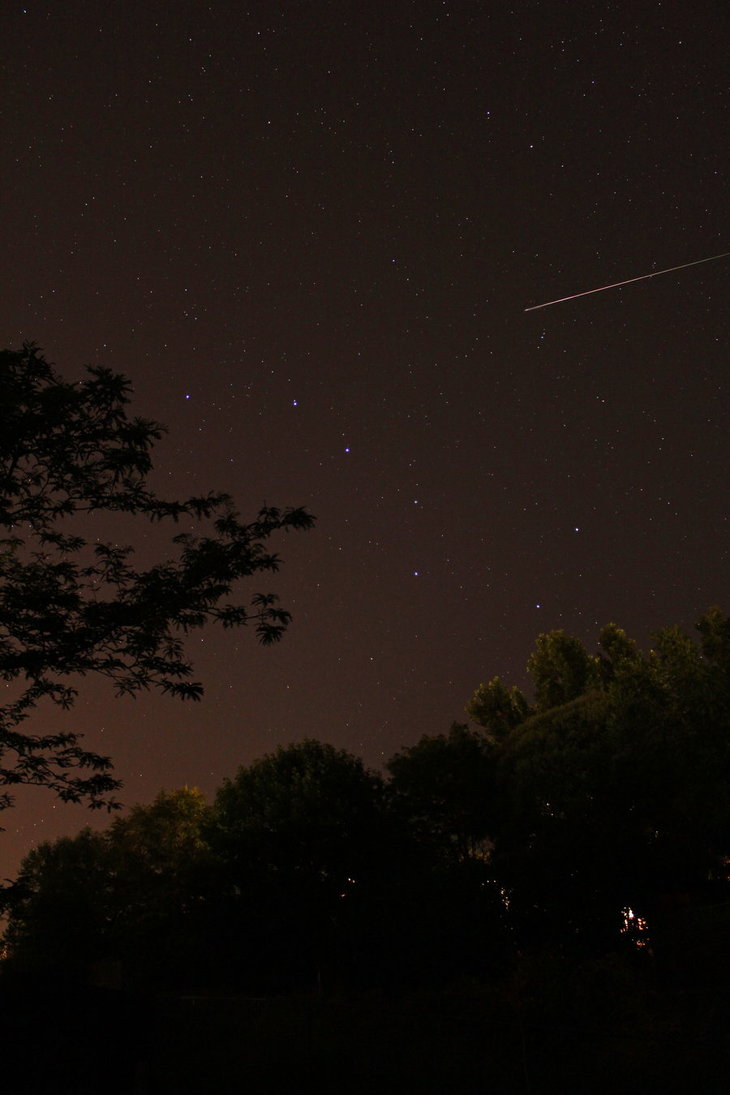
Here is the Big Dipper and a Perseid! I took this a few years ago a real lucky shot however...

edit on 19-12-2013 by abeverage because: of cultural things
abeverage
I love reading all the quirky history of the stars or cultural references of these constellations or asterisms!
Here is the Big Dipper and a Perseid! I took this a few years ago a real lucky shot however...
edit on 19-12-2013 by abeverage because: of cultural things
Well that's a might pretty picture, and perfect in how everything is situated. That's poster material, you could make some money on that at craft fairs or in those college campus poster shops. Thanks for sharing it, and I may pop it in my saved pictures to use as a screensaver someday.
eriktheawful
reply to post by abeverage
Beautiful!!!
Thanks for sharing!
You bet Erik I enjoy these threads and I hope you don't mind when I add a photo to them?
abeverage
eriktheawful
reply to post by abeverage
Beautiful!!!
Thanks for sharing!
You bet Erik I enjoy these threads and I hope you don't mind when I add a photo to them?
I don't mind at all, and enjoy seeing everyone's photos they have to share.
Great thread
The Plough was also known in England as King Charles' Wain (a wain is a horse drawn wagon) though don't think that's used much these days.
Here's a picture I took this summer - the Plough is in the middle, Polaris (the North Star) is top right

The Plough was also known in England as King Charles' Wain (a wain is a horse drawn wagon) though don't think that's used much these days.
Here's a picture I took this summer - the Plough is in the middle, Polaris (the North Star) is top right

reply to post by eriktheawful
Meh. With all due respect, Erik, the Big Dipper to me is a collection of stars that form a basic shape, so I (personally) will call that a constellation.
It may not be a true constellation officially recognized by the International Astronomical Union (or whoever controls that sort of thing) for deciding star names (such as "Epsilon Ursa Majoris", the official name of the bright start Alioth) but the big dipper is still a constellation to me, just like other various cultures saw the big dipper as something other than simply part of Ursa major.
Meh. With all due respect, Erik, the Big Dipper to me is a collection of stars that form a basic shape, so I (personally) will call that a constellation.
It may not be a true constellation officially recognized by the International Astronomical Union (or whoever controls that sort of thing) for deciding star names (such as "Epsilon Ursa Majoris", the official name of the bright start Alioth) but the big dipper is still a constellation to me, just like other various cultures saw the big dipper as something other than simply part of Ursa major.
reply to post by Soylent Green Is People
Such is the nature of constellations - they exist purely in our minds. The Chinese name a big portion of the sky as the "Heavenly Market enclosure" with places like "Commodity Market" or "Butcher's Shops" en.wikipedia.org...

Such is the nature of constellations - they exist purely in our minds. The Chinese name a big portion of the sky as the "Heavenly Market enclosure" with places like "Commodity Market" or "Butcher's Shops" en.wikipedia.org...

reply to post by Soylent Green Is People
One of the main reasons that we (stargazers both pro and amateur) keep up with the actual constellations and not just any asterism, is to help identify the location of things in space that may not have a steady home at the position.
Things like asteroids, comets, etc.
Each constellation has a certain area designated around them. You can call up these areas in any star viewing program like Stellarium. If you ever find an object in one of those areas, you can give not only the RA and Dec coordinates, but you can also indicate that it is in the "Constellation of Aries" or whatever constellation that area covers.
That is like the Vernal Equinox. It's position right now is in the area designated as Pisces. By 2600 AD it will be in the Area of Aquarius.
Here's a pic for an example of what I'm talking about. You can see the area of Orion vs the area of Taurus:
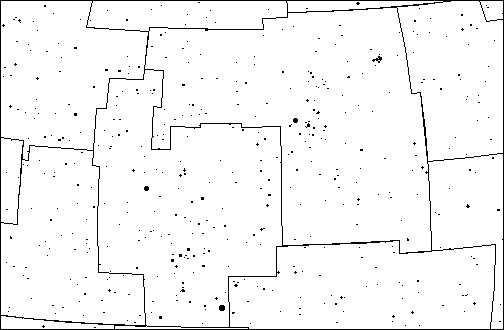
So they act like borders.
Now of course there is nothing at all keeping you from connecting lines in your heads and making your own constellations of course. However, if you ever wanted to report something, it could lead to confusion.
One of the main reasons that we (stargazers both pro and amateur) keep up with the actual constellations and not just any asterism, is to help identify the location of things in space that may not have a steady home at the position.
Things like asteroids, comets, etc.
Each constellation has a certain area designated around them. You can call up these areas in any star viewing program like Stellarium. If you ever find an object in one of those areas, you can give not only the RA and Dec coordinates, but you can also indicate that it is in the "Constellation of Aries" or whatever constellation that area covers.
That is like the Vernal Equinox. It's position right now is in the area designated as Pisces. By 2600 AD it will be in the Area of Aquarius.
Here's a pic for an example of what I'm talking about. You can see the area of Orion vs the area of Taurus:

So they act like borders.
Now of course there is nothing at all keeping you from connecting lines in your heads and making your own constellations of course. However, if you ever wanted to report something, it could lead to confusion.
edit on 19-12-2013 by eriktheawful because: (no reason given)
reply to post by onebigmonkey
Ha! I would have said "Impossible!" but you just proved Godwin's Law!
Your post and info is interesting (I'm not belittling it), but I did start to chuckle to myself. If someone had asked me if this thread would have ended up with a reference to Nazis, I would have shook my head saying "Don't be absurd! What does the Big Dipper have to do with Nazis?"
Star for you!
Ha! I would have said "Impossible!" but you just proved Godwin's Law!
As an online discussion grows longer, the probability of a comparison involving Nazis or Hitler approaches
Your post and info is interesting (I'm not belittling it), but I did start to chuckle to myself. If someone had asked me if this thread would have ended up with a reference to Nazis, I would have shook my head saying "Don't be absurd! What does the Big Dipper have to do with Nazis?"
Star for you!
reply to post by eriktheawful
lol - a tangential hit to Godwin maybe
I didn't want it implied that somehow the nazis (I refuse to capitalise the word) invented the symbol, because there are still people who don't realise it's been around a lot longer than that. It's an interesting example of how such patterns in the sky are obvious across widely different cultures and continents, even if we give them different names and surround them with different mythologies.
Cool thread
lol - a tangential hit to Godwin maybe
I didn't want it implied that somehow the nazis (I refuse to capitalise the word) invented the symbol, because there are still people who don't realise it's been around a lot longer than that. It's an interesting example of how such patterns in the sky are obvious across widely different cultures and continents, even if we give them different names and surround them with different mythologies.
Cool thread
new topics
-
Any one suspicious of fever promotions events, major investor Goldman Sachs card only.
The Gray Area: 2 hours ago -
God's Righteousness is Greater than Our Wrath
Religion, Faith, And Theology: 6 hours ago -
Electrical tricks for saving money
Education and Media: 9 hours ago -
VP's Secret Service agent brawls with other agents at Andrews
Mainstream News: 10 hours ago -
Sunak spinning the sickness figures
Other Current Events: 11 hours ago -
Nearly 70% Of Americans Want Talks To End War In Ukraine
Political Issues: 11 hours ago
top topics
-
VP's Secret Service agent brawls with other agents at Andrews
Mainstream News: 10 hours ago, 9 flags -
Cats Used as Live Bait to Train Ferocious Pitbulls in Illegal NYC Dogfighting
Social Issues and Civil Unrest: 15 hours ago, 8 flags -
Electrical tricks for saving money
Education and Media: 9 hours ago, 4 flags -
Nearly 70% Of Americans Want Talks To End War In Ukraine
Political Issues: 11 hours ago, 3 flags -
Sunak spinning the sickness figures
Other Current Events: 11 hours ago, 3 flags -
Late Night with the Devil - a really good unusual modern horror film.
Movies: 13 hours ago, 2 flags -
Any one suspicious of fever promotions events, major investor Goldman Sachs card only.
The Gray Area: 2 hours ago, 2 flags -
The Good News According to Jesus - Episode 1
Religion, Faith, And Theology: 16 hours ago, 1 flags -
God's Righteousness is Greater than Our Wrath
Religion, Faith, And Theology: 6 hours ago, 0 flags
active topics
-
God's Righteousness is Greater than Our Wrath
Religion, Faith, And Theology • 17 • : andy06shake -
Nearly 70% Of Americans Want Talks To End War In Ukraine
Political Issues • 23 • : andy06shake -
Sunak spinning the sickness figures
Other Current Events • 9 • : Ohanka -
The Acronym Game .. Pt.3
General Chit Chat • 7748 • : bally001 -
HORRIBLE !! Russian Soldier Drinking Own Urine To Survive In Battle
World War Three • 37 • : FlyersFan -
Any one suspicious of fever promotions events, major investor Goldman Sachs card only.
The Gray Area • 3 • : seekshelter -
-@TH3WH17ERABB17- -Q- ---TIME TO SHOW THE WORLD--- -Part- --44--
Dissecting Disinformation • 662 • : F2d5thCavv2 -
SETI chief says US has no evidence for alien technology. 'And we never have'
Aliens and UFOs • 61 • : andy06shake -
The Reality of the Laser
Military Projects • 47 • : F2d5thCavv2 -
Definitive 9.11 Pentagon EVIDENCE.
9/11 Conspiracies • 423 • : Lazy88
